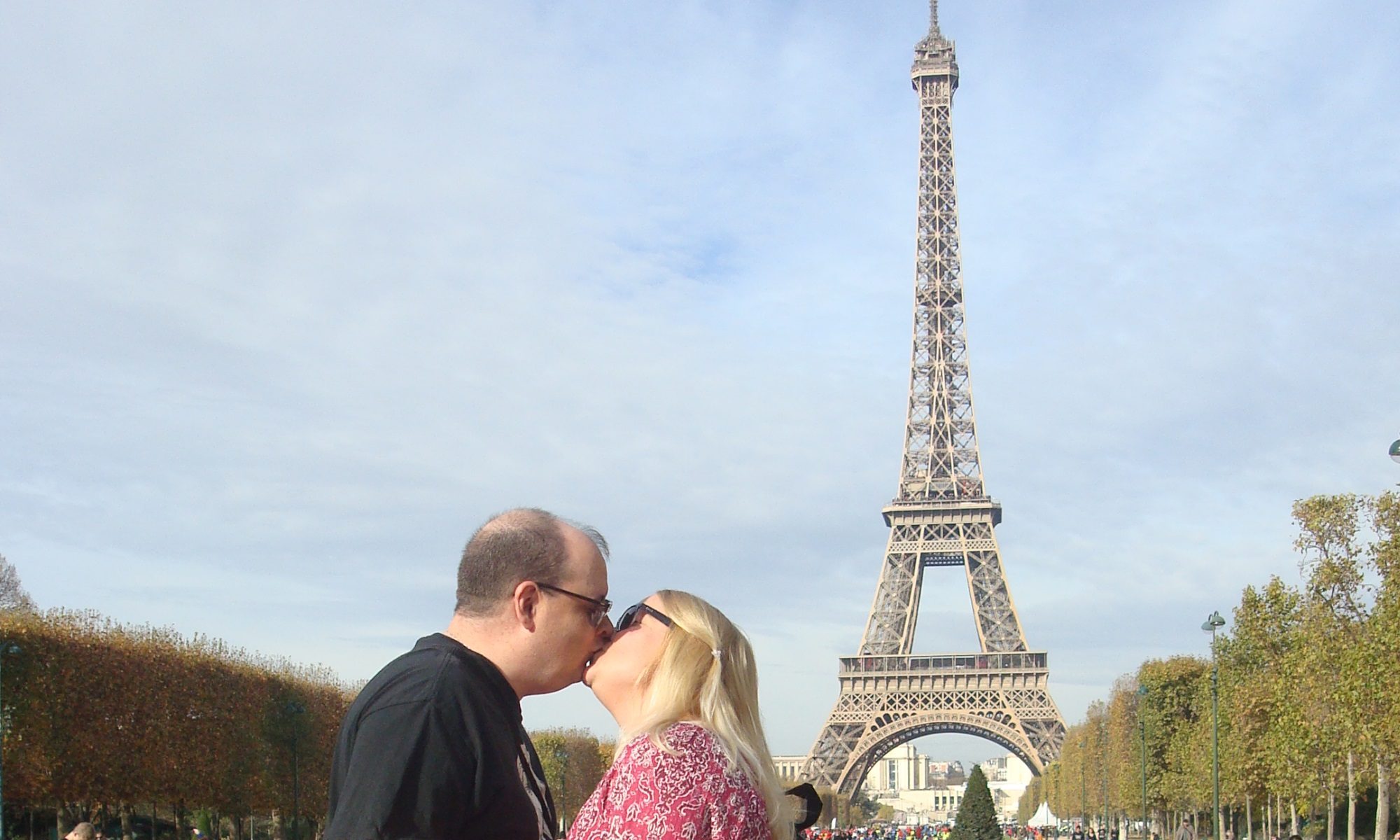I normally hit up Anglican Curmudgeon for news about the ever-wacky Episcopal Church (which is kind of like the Russell Brand of mainstream religions). But this piece from Friday about the Great Debt Debate™ really knocks it out of the park:
Given that the House of Representatives has now sent to the Senate not one, not two, but three separate bills to deal with the current debt limit/budget impasse; and
Given that the President’s current proposed budget was a non-starter, which would have continued the year-to-year deficit at an unsustainable $1.2 trillion (with still greater deficits to come), and which even the Democrat-controlled Senate defeated by a 97-0 vote; and
Given that the Senate on their own, under Democrat Majority Leader Harry Reid, has ducked their responsibilities, for which (for heavens’ sake!) we pay them each nearly $175,000.00 per year, to negotiate and pass (let alone, say, propose) a budget for the Government’s operations — for over 821 days now (translation to the common tongue: 821 days is two years, three months, and one day); and finally,
Given that the Senate just tabled the third proposal in the last four months to resolve the current crisis, laid before them by their colleagues in the House, with no counter-response whatsoever, and that they did so because both the President and Senate Democrats want a free pass until after the next election, which the Republicans are not minded to give them, at the country’s expense;
Be sure to click here and read the whole thing (assuming Congress hasn’t come up with an agreement in the ten minutes it’s taken to type up this post). Be sure to watch the long (14 minute) video at the end, which is a speech given by Senator Maro Rubio (R-Florida) on the Senate floor. I especially like his exchange with John Kerry. Because look folks, no matter what side of the spectrum you’re from, we have to do something about government spending. And Kerry just proves that he leads an insular Washington existence full of the same old ideas.
Oh, and today George Will (yes, that George Will) has an interesting piece about how the “Internet Generation” is really the “Libertarian Generation”. I don’t know if I buy it, but it’s good to see such views in the public eye.


